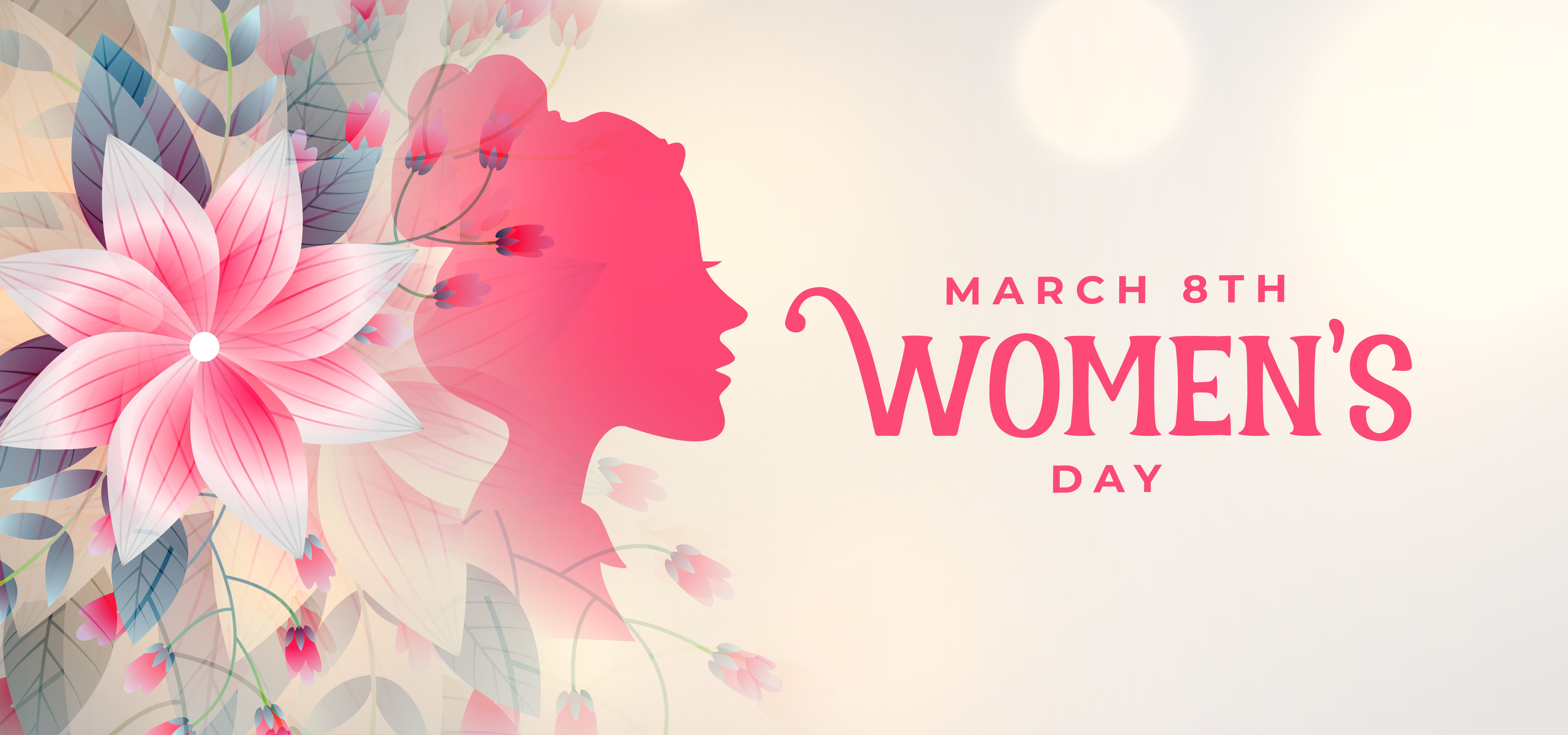100 Whatsapp Messages For Women’s Day Wishes In English
100 Whatsapp Messages For Women’s Day Wishes In Hindi

Women’s Day History

“Woman is the companion of man, gifted with equal mental capacity…If by strength is meant moral power, then woman is immeasurably man’s superior…If non-violence is the law of our being, the future is with women…” – Mahatma Gandhi
International Women’s Day is celebrated on March 8 every year. On this day, people celebrate “womanhood;” commemorating the inspiring role of a woman in our life. An event which started with a political flavour to secure the rights of women has evolved over the years and is now a celebration of women’s struggle and fight for independence and liberalisation. Each country celebrates the day with a touch of ‘culture’ to express their love and honour for the role of women in people’s lives.
The history of Women’s Day is steeped into antiquity which dates back to 1909 when the first National Woman’s Day was observed in the United States on February 28. The Socialist Party of America celebrated this day in honour of the garment workers’ strike in 1908 in New York where women picketed and marched, demanding improved working conditions and equal rights.It was in commemoration of the first political activism to protect women’s rights that National Women’s Day was observed in the USA.
Inspired by American socialists, renowned German socialist Luise Zietz proposed establishment of ‘International Woman’s Day.’ The proposal was laid in the general meeting of the Socialist International in Copenhagen, Denmark in 1910. Delegates, including 100 women from 17 countries, agreed with the proposal to promote equal rights and suffrage for women. It was on March 19, 1911, that International Women’s Day was observed for the first time in Germany, Austria, Denmark and Switzerland. Over 1 million men and women participated in rallies in demand for right to vote, to hold public office, women’s right to work, to vocational training and to end discrimination on job.
As an integral part of the peace movement during the World War I, women in Russia observed their first International Women’s Day on February 1913. In Europe, during 8 March 1914, women held protest rallies for the war and to express solidarity. It was again on 1917 that Russian women protested and called a strike for “Bread and Peace” on the last Sunday in February, which fell on 8 March according to Gregorian calendar. Four days prior to that, the Czar of Russia resigned and the interim government granted the right to vote to women.
However, it was only during late 1975 that the United Nations started observing International Women’s Day on March 8. In 1977, The General Assembly passed a resolution to observe United Nations Day for Women’s Rights and International Peace on any day of the year in accordance with the member states’ national and historical traditions. The ‘historic’ roadmap – The Beijing Declaration and Platform for Action – was signed in 1995 at by 189 governments, focusing on 12 vital areas and envisioned a better world where every woman have their choice to participate in politics, having an income, getting education, and living in a society free from discrimination and violence.
- Women’s Day History
- Significance of Women’s Day
- Women’s Day Story
- UN Themes for Women's Day
- UN Day for Women's Rights
- International Women’s Day
- Rio Olympic 2016
- First Women’s Day
- Women’s Day Wishes
- Women’s Day Messages
- Women’s Day Quotes
- Women’s Day Whatsapp Messages
- Popular Sayings for Women’s Day
- Women’s Day Greetings
- Women’s Day Poems
- Women's Day Essay
- Women’s Day Speech
- Top 10 Richest Women in The World
- Women’s Day Speech in Hindi
- Women’s Day Prayers
- Women’s Day scraps
- Women's Day Images
- Women’s Day Gifts
- Most Inspiring Women in History
- What is International Women's Day
- Facts About Women's Emotions
- 50 Most Inspirational Women Worldwide
- Famous Female Athletes
- Biographies of Inspiring Women
- Women in Indian Army
- Mother's Day Messages
- Mother's Day Quotes
- Mother's Day Poems
- Mother's Day Wishes
- Mother's Day in UK



